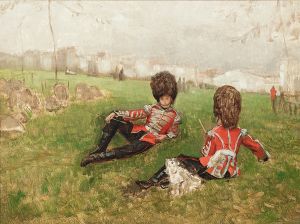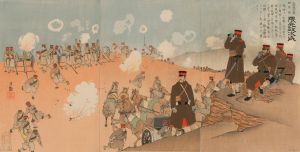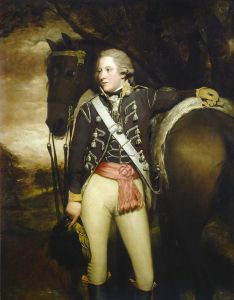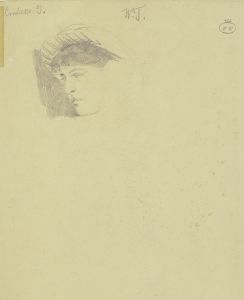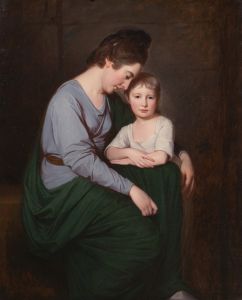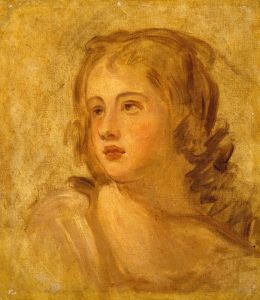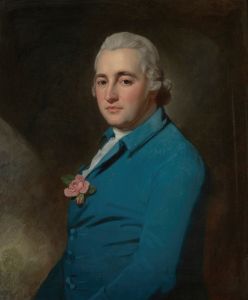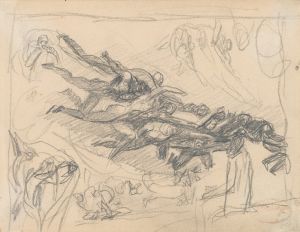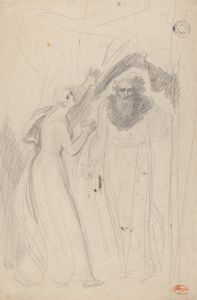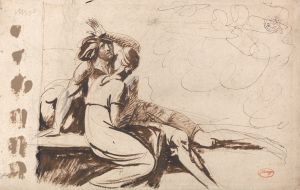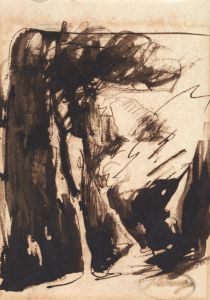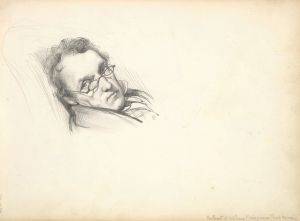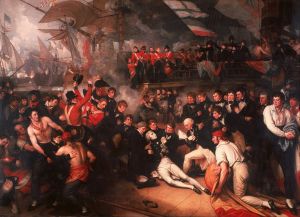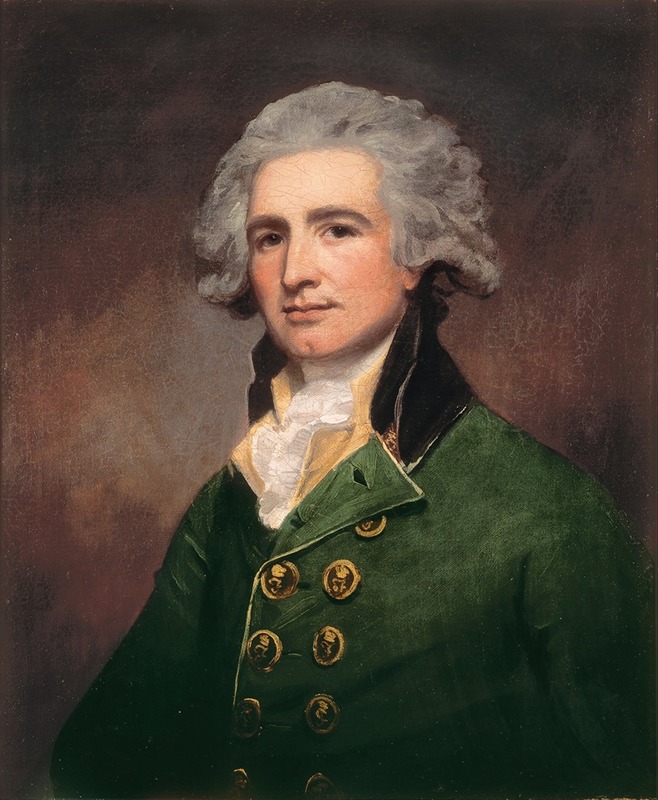
Colonel Robert Abercrombie
A hand-painted replica of George Romney’s masterpiece Colonel Robert Abercrombie, meticulously crafted by professional artists to capture the true essence of the original. Each piece is created with museum-quality canvas and rare mineral pigments, carefully painted by experienced artists with delicate brushstrokes and rich, layered colors to perfectly recreate the texture of the original artwork. Unlike machine-printed reproductions, this hand-painted version brings the painting to life, infused with the artist’s emotions and skill in every stroke. Whether for personal collection or home decoration, it instantly elevates the artistic atmosphere of any space.
George Romney's portrait of Colonel Robert Abercrombie is a notable example of 18th-century British portraiture, reflecting both the artistic style of the period and the prominence of its subject. George Romney (1734–1802) was one of the leading portrait painters of his time, alongside contemporaries such as Joshua Reynolds and Thomas Gainsborough. Known for his elegant and expressive style, Romney captured the likenesses of many prominent figures of his day.
Colonel Robert Abercrombie (1740–1827) was a distinguished British Army officer. He served in various military campaigns, including notable service in India. Abercrombie's military career was marked by his involvement in the British colonial expansion and the consolidation of British power in India during the late 18th century. His leadership and strategic skills were recognized, leading to his eventual promotion to the rank of colonel.
The portrait of Colonel Robert Abercrombie by George Romney is believed to have been painted during the height of Romney's career. Romney's portraits are characterized by their attention to detail, the use of light and shadow to create depth, and the ability to convey the personality and status of the sitter. In this portrait, Romney likely employed these techniques to emphasize Abercrombie's military stature and personal character.
Romney's work was highly sought after by the British elite, and his portraits were known for their ability to capture both the physical likeness and the social standing of his subjects. The portrait of Colonel Abercrombie would have been no exception, serving as both a personal likeness and a symbol of Abercrombie's achievements and status within the British military hierarchy.
The painting itself would have been executed in oil on canvas, a common medium for portraiture at the time. Romney's technique involved a careful layering of paint to achieve a realistic representation, with particular attention paid to the textures of clothing and the subtle expressions of the face. This approach allowed Romney to create portraits that were both lifelike and imbued with a sense of the sitter's inner life.
While specific details about the commission and the current location of the portrait may not be readily available, it is likely that the painting was commissioned by Abercrombie or his family to commemorate his military service and achievements. Portraits of this nature were often displayed in family homes or passed down through generations as heirlooms.
In summary, George Romney's portrait of Colonel Robert Abercrombie stands as a testament to the artist's skill and the subject's significance. It reflects the artistic conventions of the time and provides insight into the life and career of a notable figure in British military history. As with many of Romney's works, the portrait would have served both as a personal memento and a public statement of Abercrombie's status and accomplishments.





